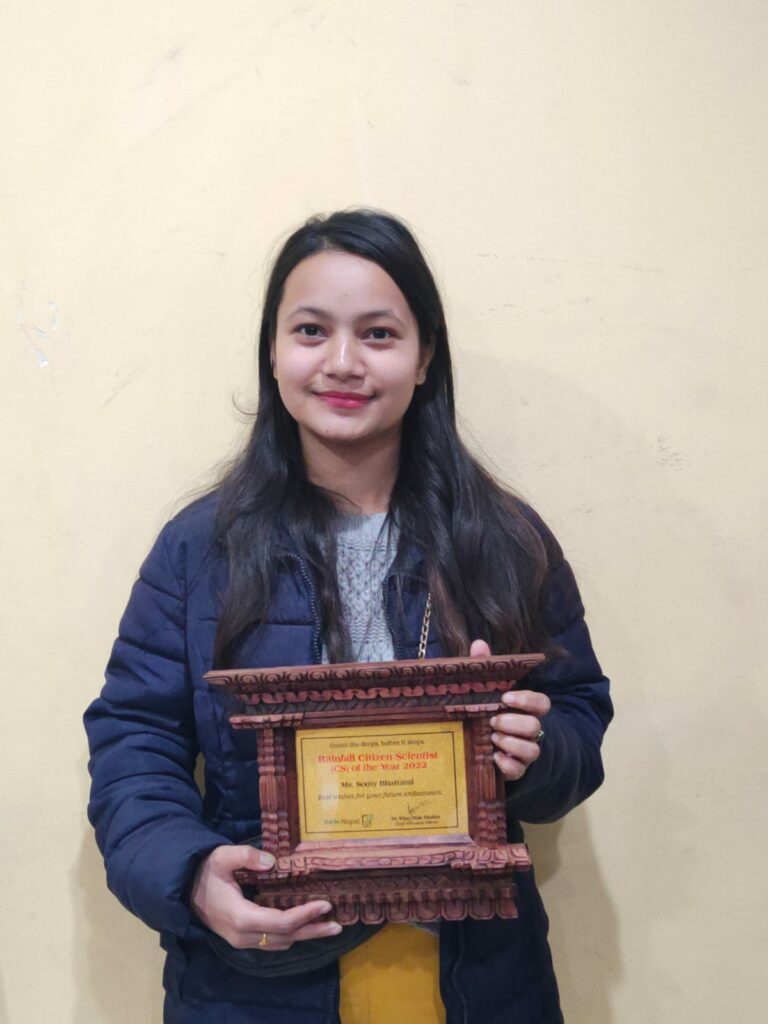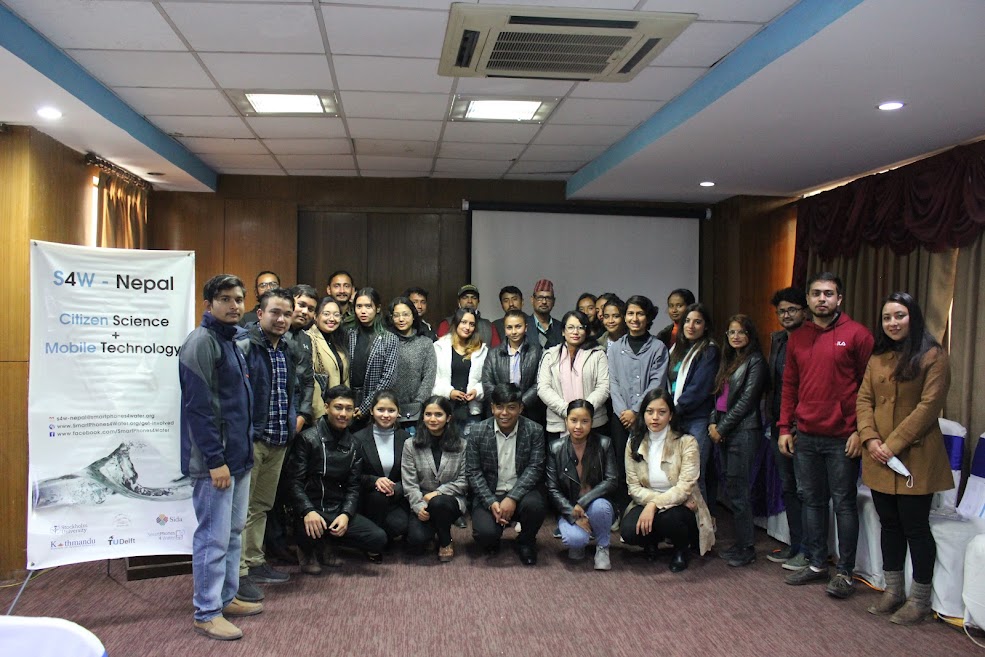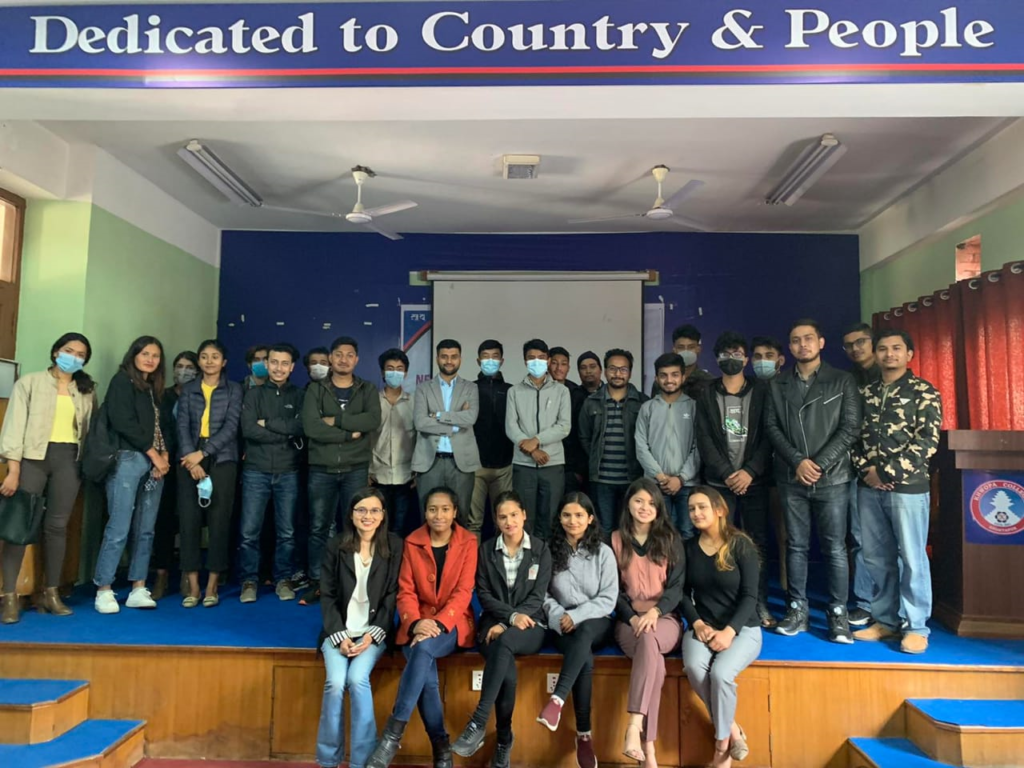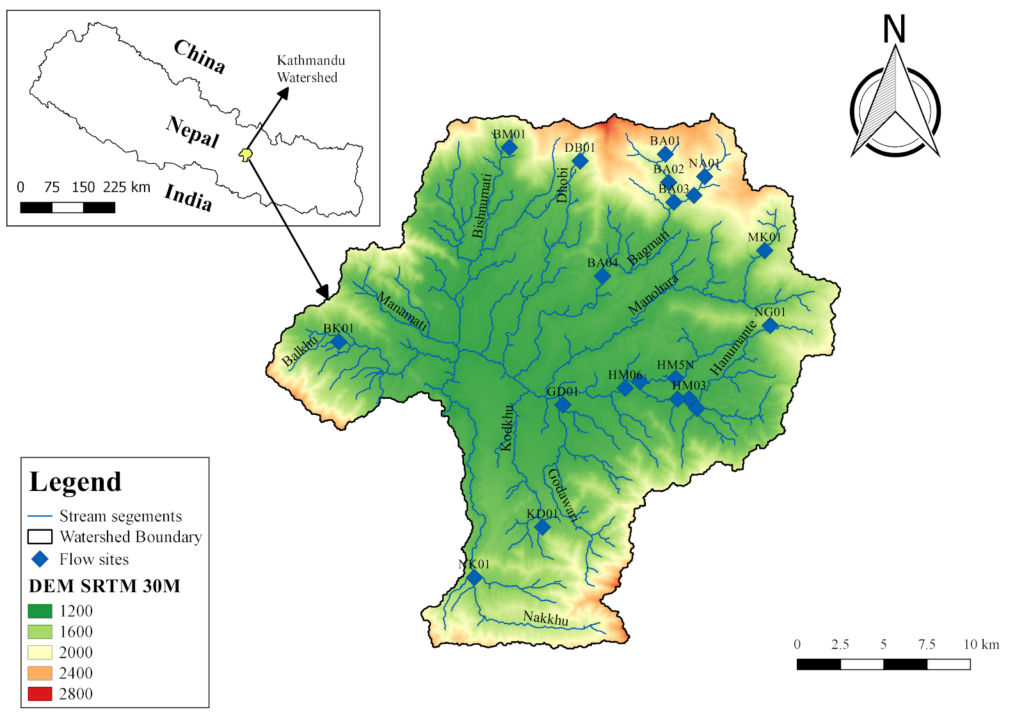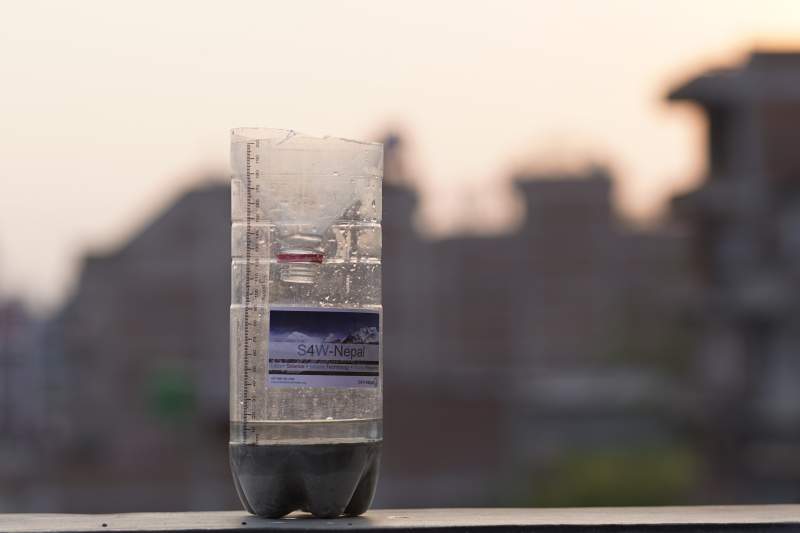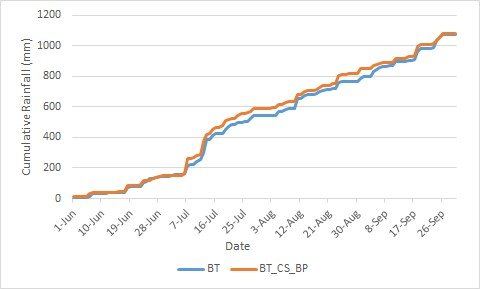Empowering Citizen Scientists in Sustainable Water Resource Management: An Impactful Journey of Susa Manandhar
All scientists are citizens, but not all scientists are Citizen Scientists (Stilgoe, 2009). Citizen Scientists are the people who collaborate with professional scientists to collect and analyze scientific data. The daily life of the citizens is connected with scientific inquiries about the environment, exploring questions related to how, where, when, who, and what. Engaging as a citizen scientist allows these individuals to personally answer these questions. More essentially, citizen scientists are a great help to scientists in collecting extensive data that would otherwise be impractical for scientists to obtain due to constraints in time and resources. Also, the perspectives and experiential knowledge of citizen scientists involved in environment monitoring can offer valuable insights for the sustainable application of the citizen science approach.

Susa Manandhar, a dedicated citizen scientist with Smartphones For Water Nepal (S4W-Nepal), shares six years of experience collecting daily rainfall and monthly groundwater level measurements. A Kathmandu resident and recent graduate in Meteorology from Trichandra Multiple Campus, Kathmandu, Nepal, Susa looks forward to pursuing a Master’s degree in the Cryosphere. Currently a Program Assistant at Small Earth Nepal (SEN), she not only excels professionally but also enjoys exploring new places, both within and outside the country.
Susa became involved as an S4W-Nepal citizen scientist during the 2018 monsoon expedition outreach campaign at Trichandra Multiple Campus. Since then, she has regularly collected rainfall measurements in the monsoon season (May to September). Simultaneously, in 2019, she learned more about citizen science-based groundwater monitoring in the Kathmandu Valley through the S4W-Nepal Facebook page. Susa actively participates in the groundwater monitoring campaign and regularly monitors the groundwater level at her residence. She shared a heartwarming experience about how her parents reminded her to take rainfall and groundwater measurements each time she forgot. Sometimes, her parents took measurements and shared the data with her whenever she was unable to do so. Her contribution to the citizen science campaign won’t stop there; she plays a vital role as a college representative, facilitating the monsoon expedition outreach campaign at her college. Furthermore, she is also an Executive Member of the Young Researchers’ Circle (YRC), a research group formed by S4W-Nepal.
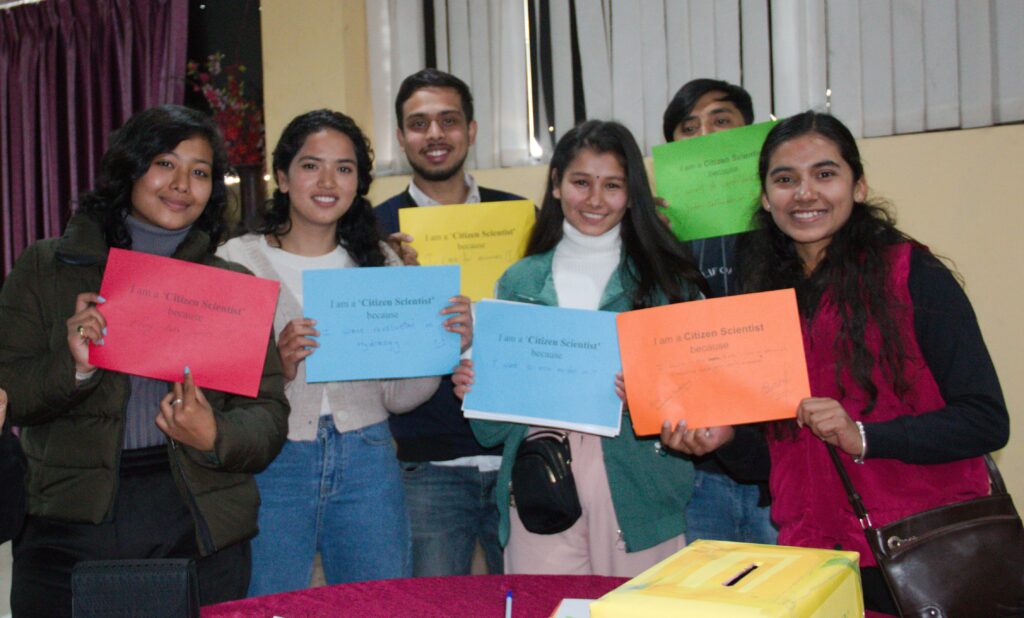
According to her, becoming a citizen scientist provides her with a sense of responsibility to carefully monitor the surrounding environment. With a background in meteorology, she understands the crucial role of hydro-meteorological data in climate change analysis, hazard assessment, and daily weather forecasting. The potential applications to achieve sustainable water resource management from the data collected by her and other citizen scientists further motivated her to regularly monitor the water parameters. In her six-year journey as a citizen scientist, she has always passionately participated in S4W-Nepal’s campaigns, events, and training. In recognition of her unwavering dedication, she was honored with the ‘Citizen Scientist of the Year 2021’ award.
Susa conveyed her happiness and satisfaction in being part of the initiative. She requested her fellow citizen scientists to stay motivated and continue data collection, emphasizing the positive impact their data has been making. Furthermore, she suggested S4W-Nepal to provide timely updates, information, and results of the citizen scientists’ data through various platforms, including the website, and social media. Additionally, she looks forward to continuing with the same enthusiasm and passion in the upcoming years.
Reference
Stilgoe, J. (2009). Citizen Scientists: reconnecting science with civil society. London: Demos.

